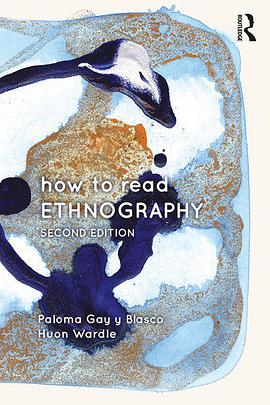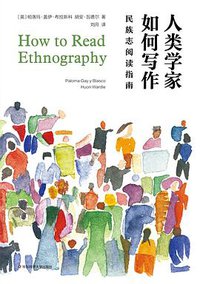How to Read Ethnography
豆瓣
Paloma Gay y Blasco / Huon Wardle
简介
How to Read Ethnography is an essential guide to approaching anthropological texts. It helps students to cultivate the skills they need to critically examine and understand how ethnographies are built up, as well as to think anthropologically and develop an anthropological imagination of their own. The authors reveal how ethnographically-informed anthropology plays a distinctive and valuable role in comprehending the complexity of the world we live in.
This fully revised second edition includes fresh excerpts from key texts for analysis and comparison along with lucid explanations. In addition to concerns with argument, authority, and the relationship between theory and data, the book engages with the purpose, value, and accountability of ethnographic texts, as well as with their reception and usage. A brand new chapter looks at the kinds of collaboration between informants/consultants and anthropologists that go into the making of ethnographic writing.
contents
Preface to the second edition
Introduction: The concerns and distinctiveness of ethnography
1. Comparison: the ethnographic outlook
2. People in context
3. Relationships and meanings
4. Narrating the immediate
5. Ethnography as argument
6. Authors and authority
7. Taking a stance: theories for a changing world
8. Informants, interlocutors, collaborators
Conclusion: Ethnography in the human conversation: a final remark

